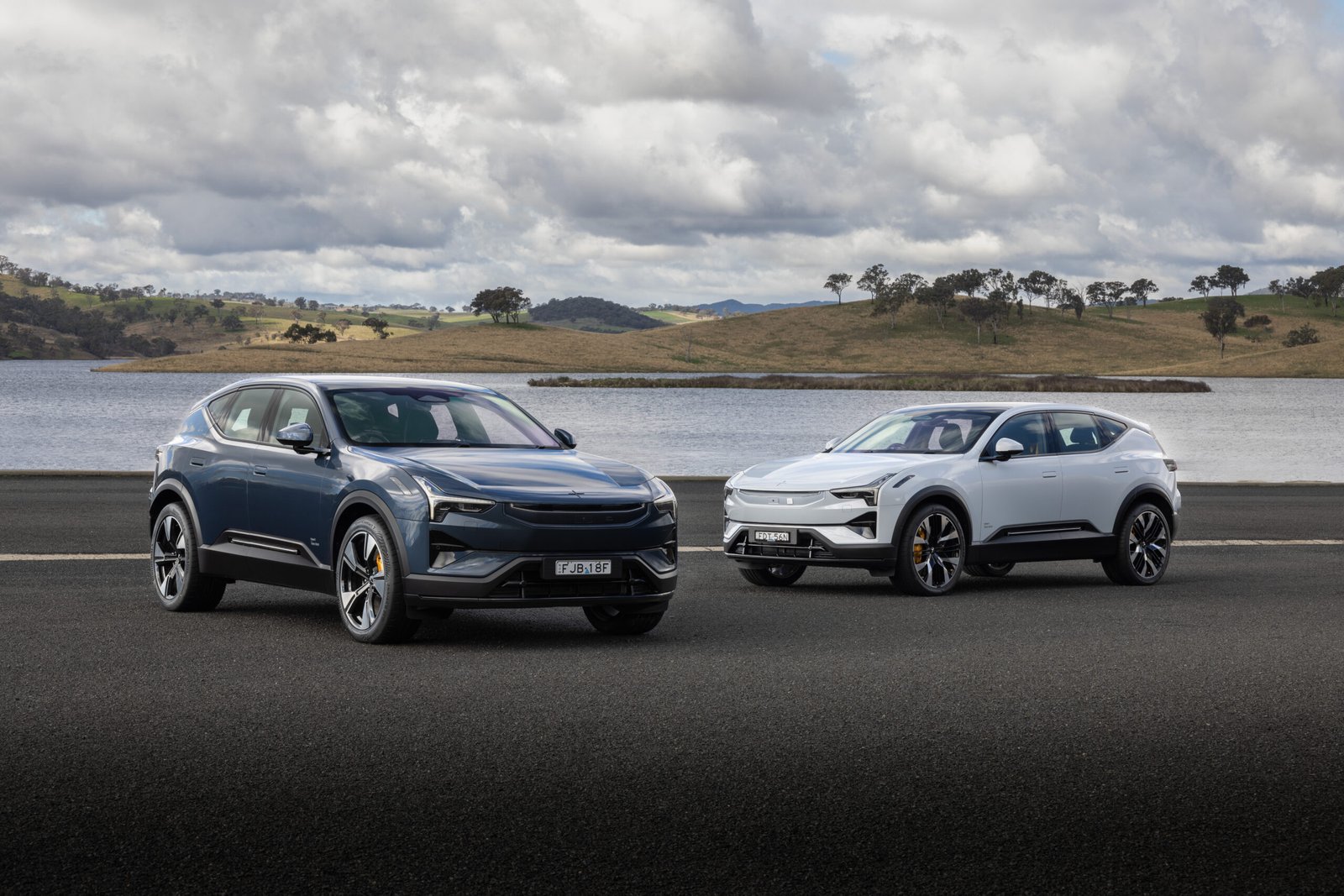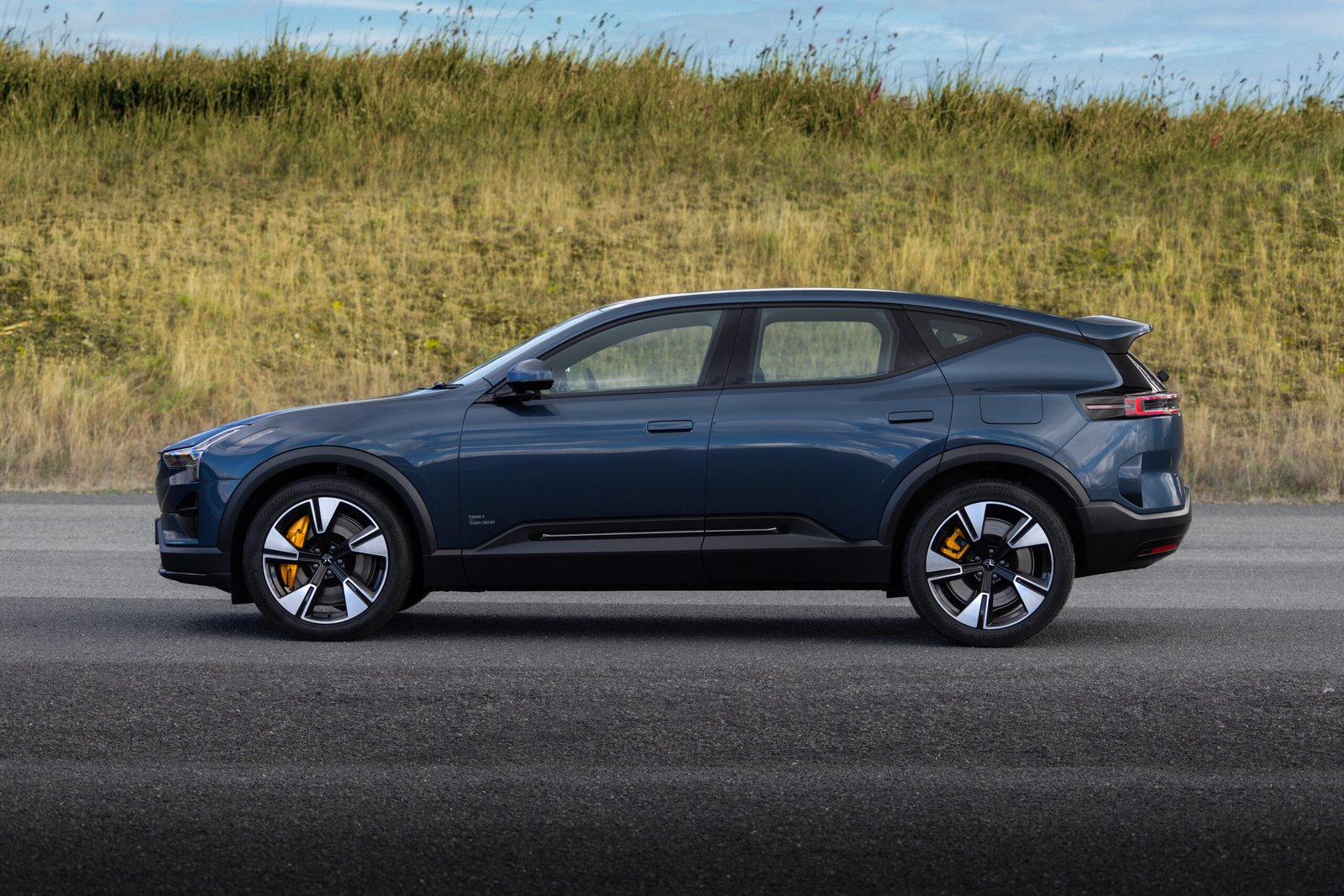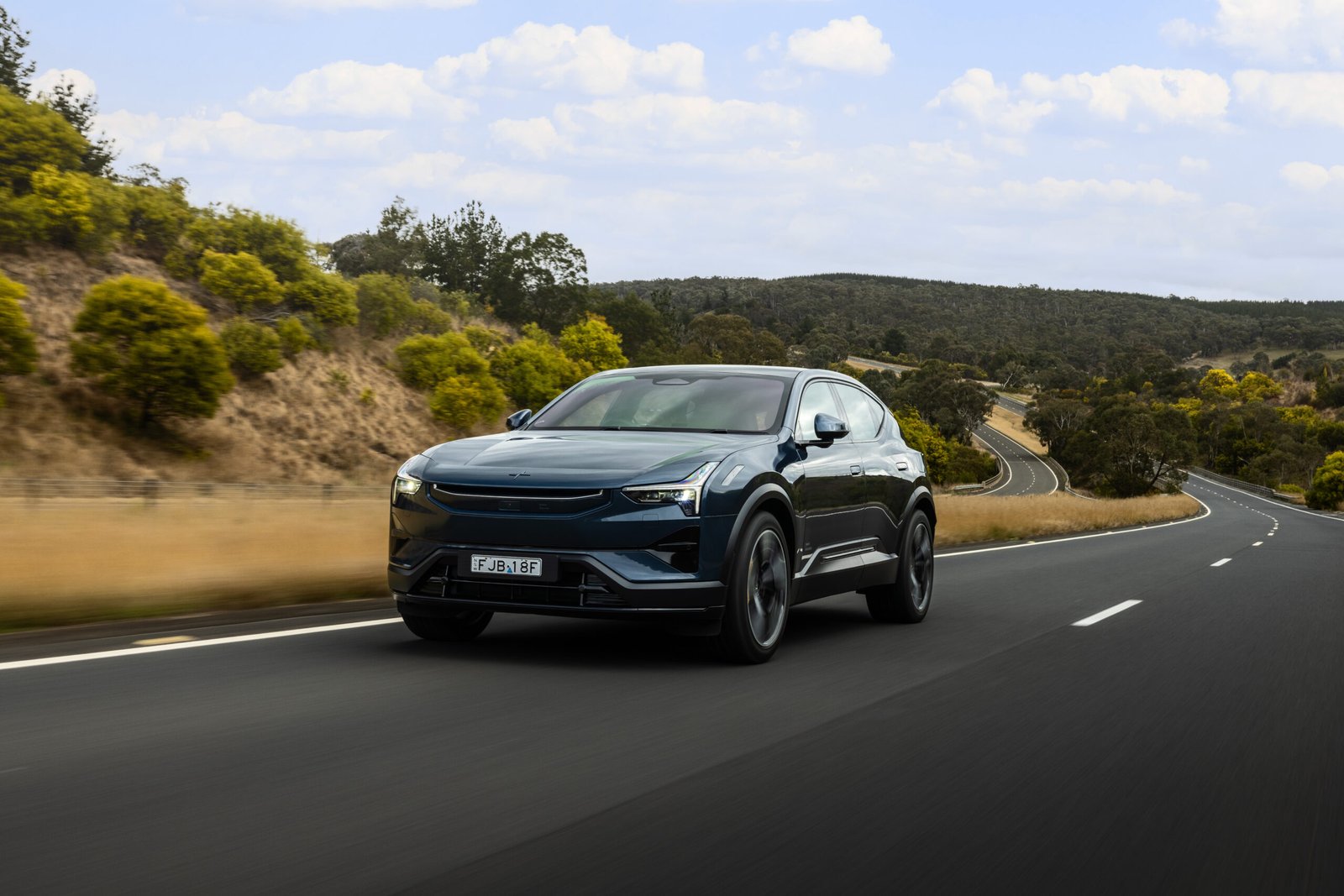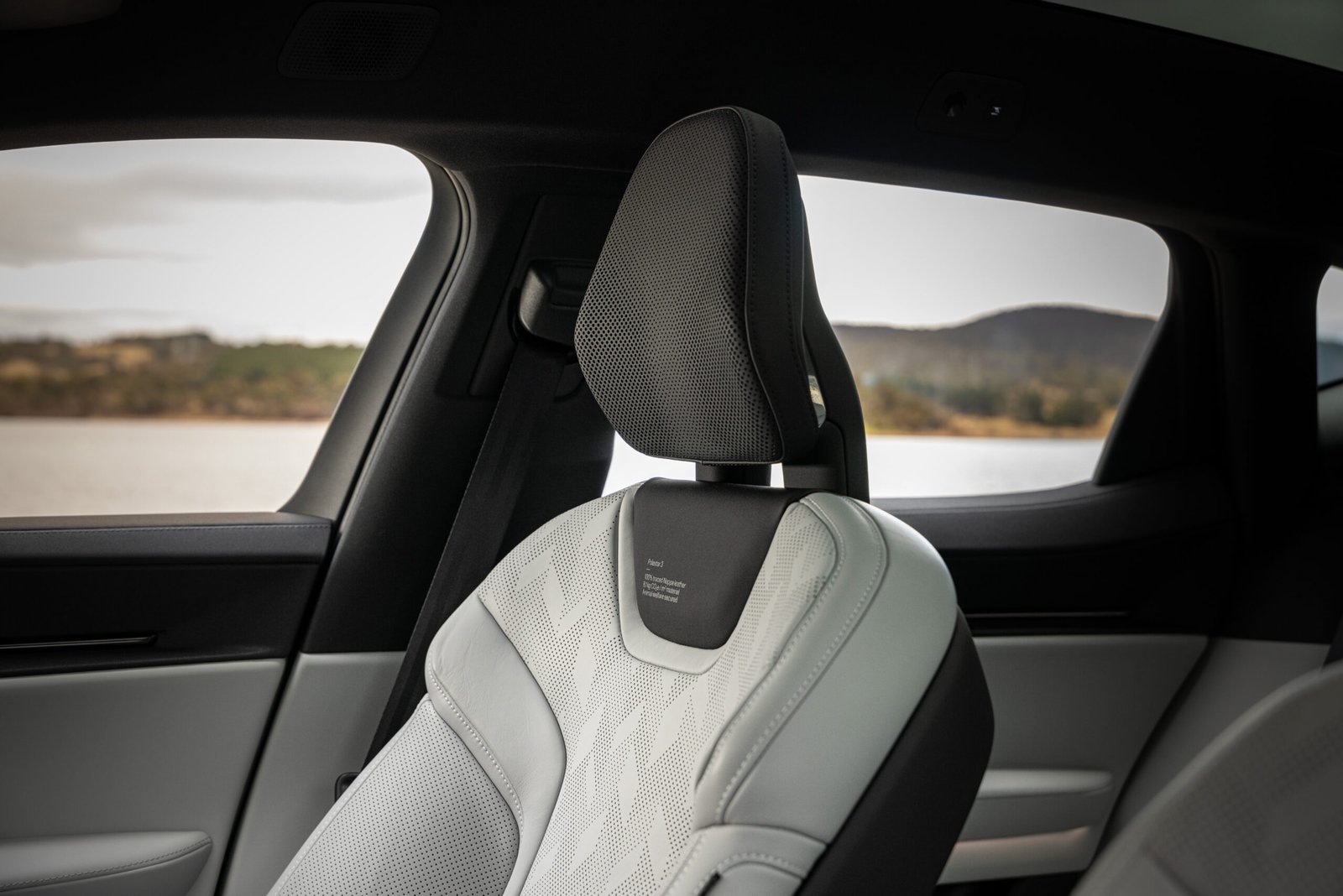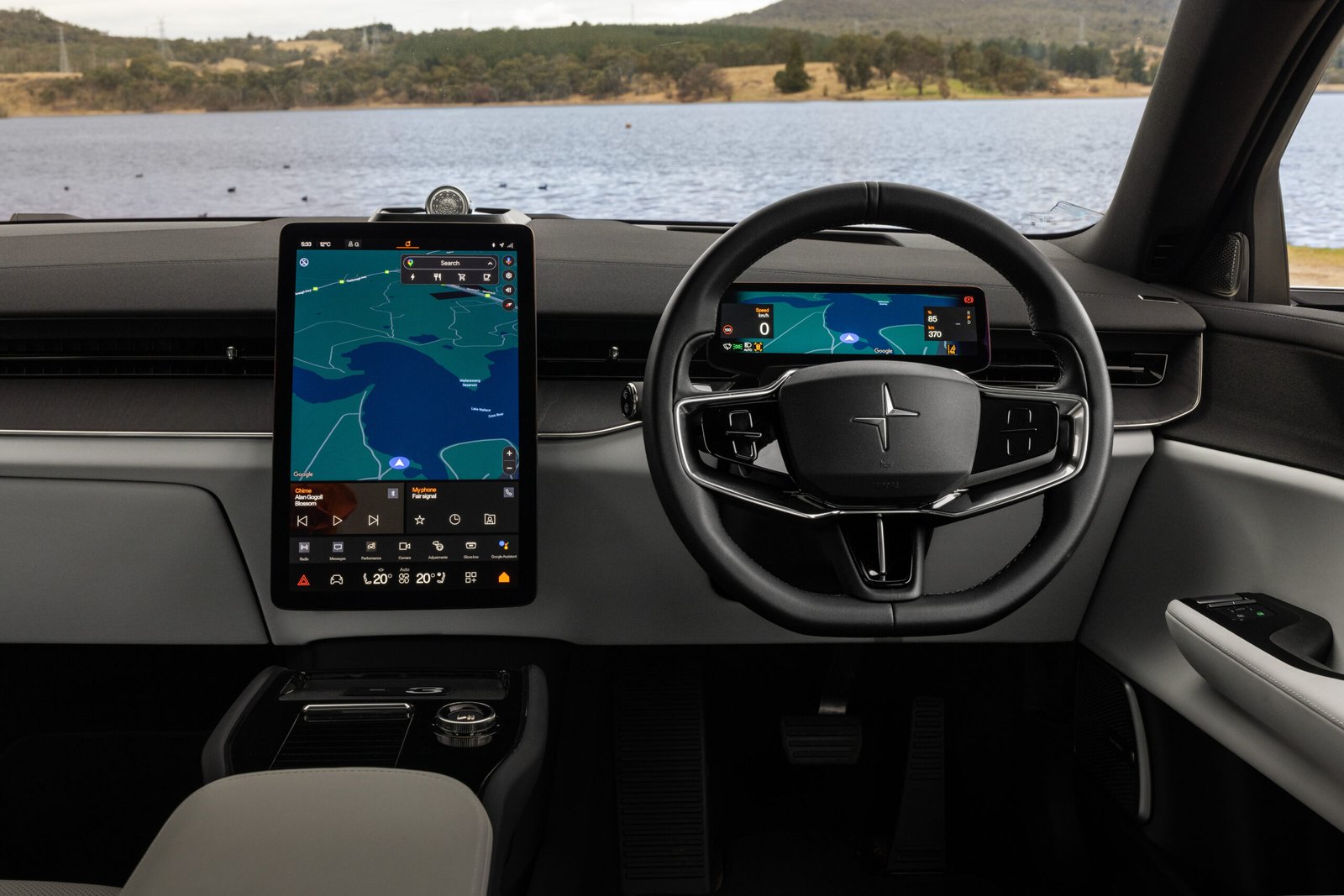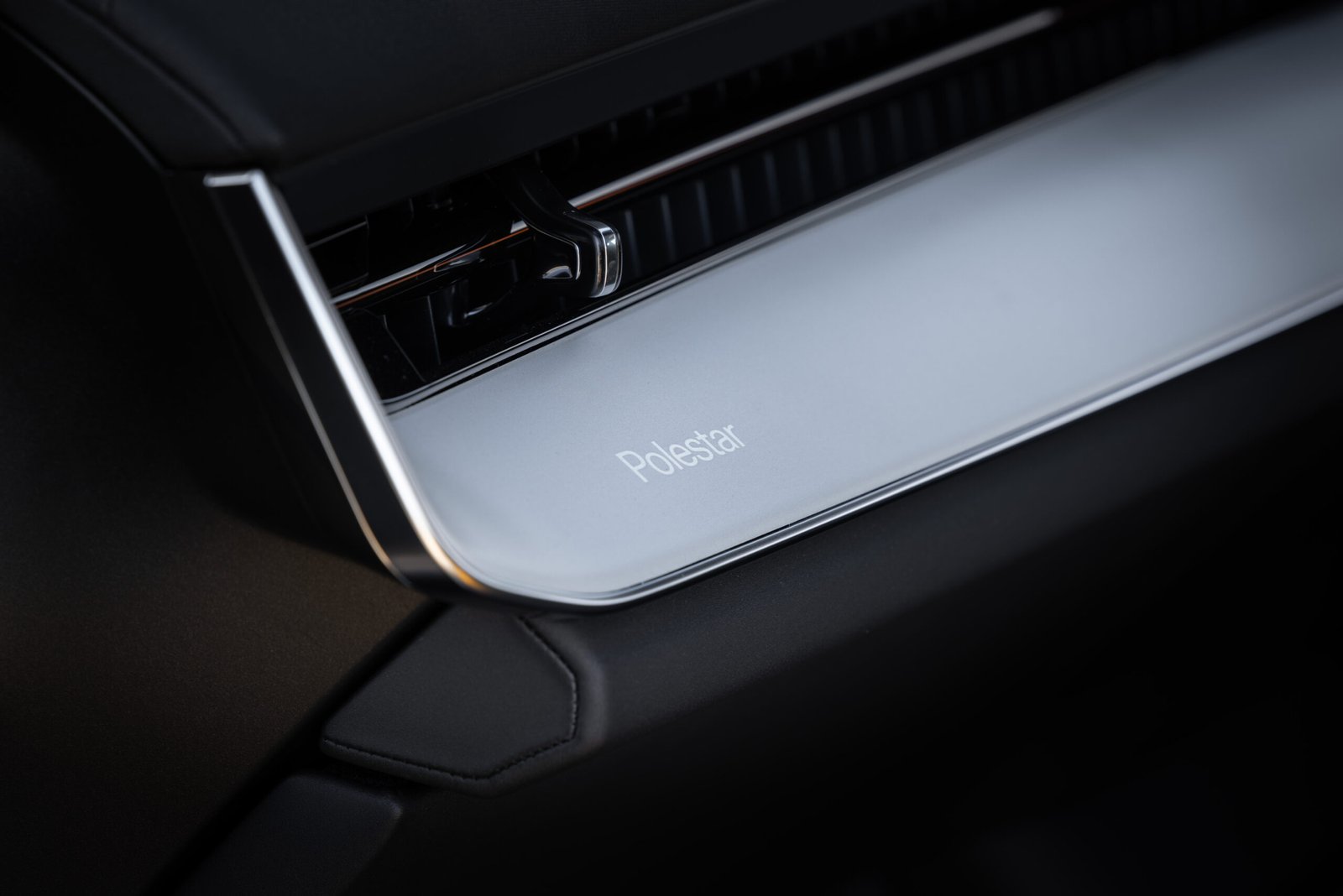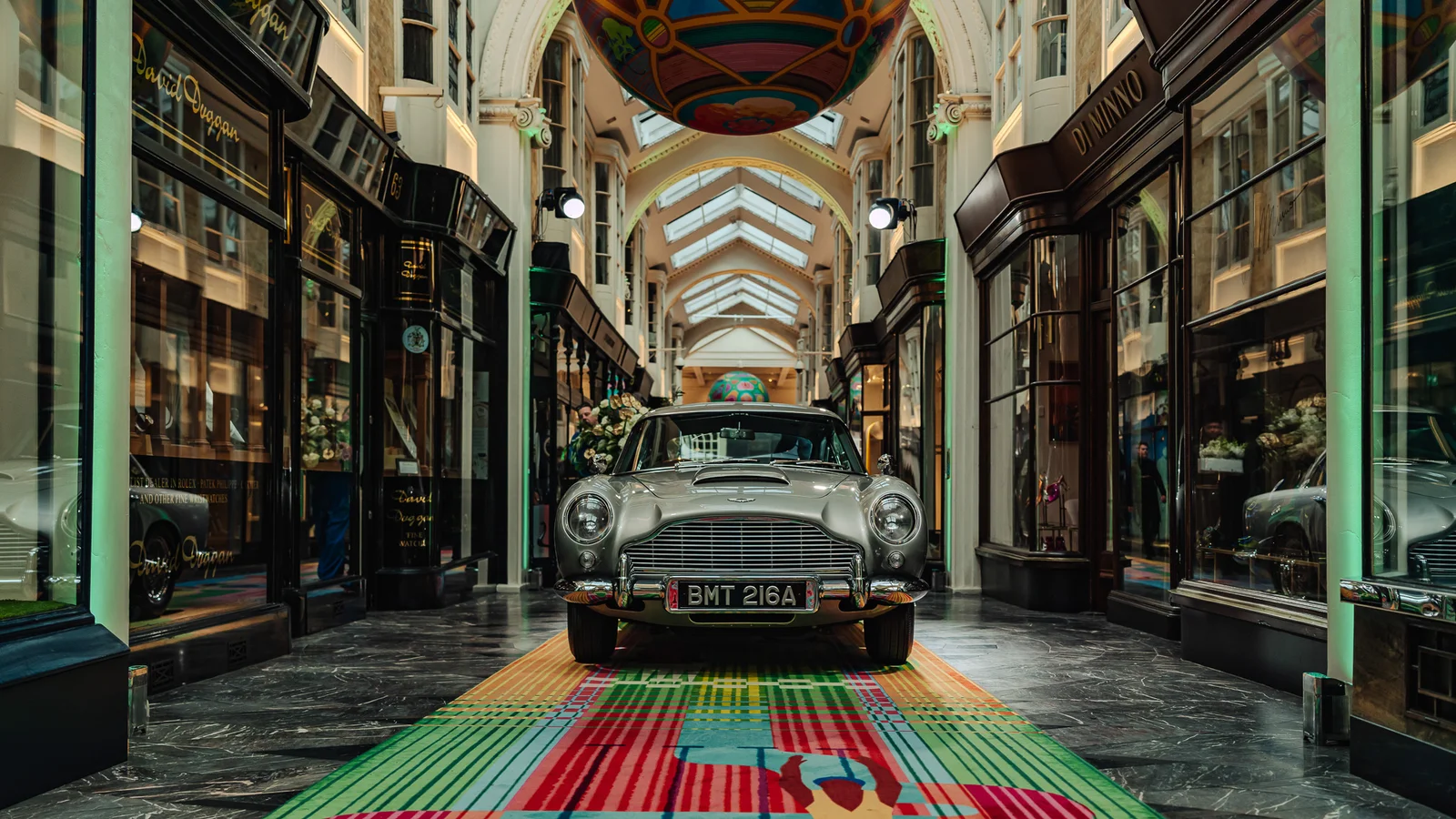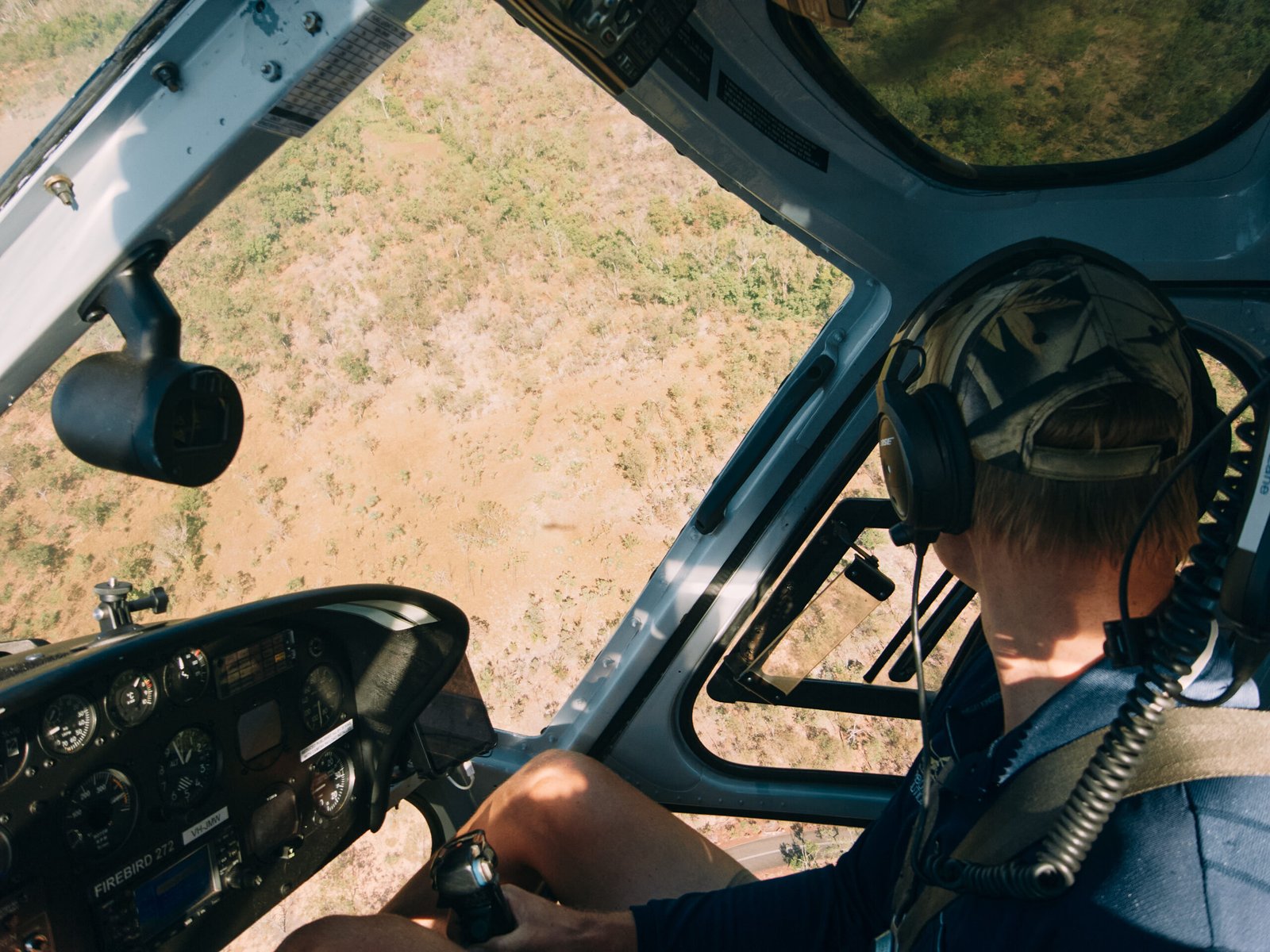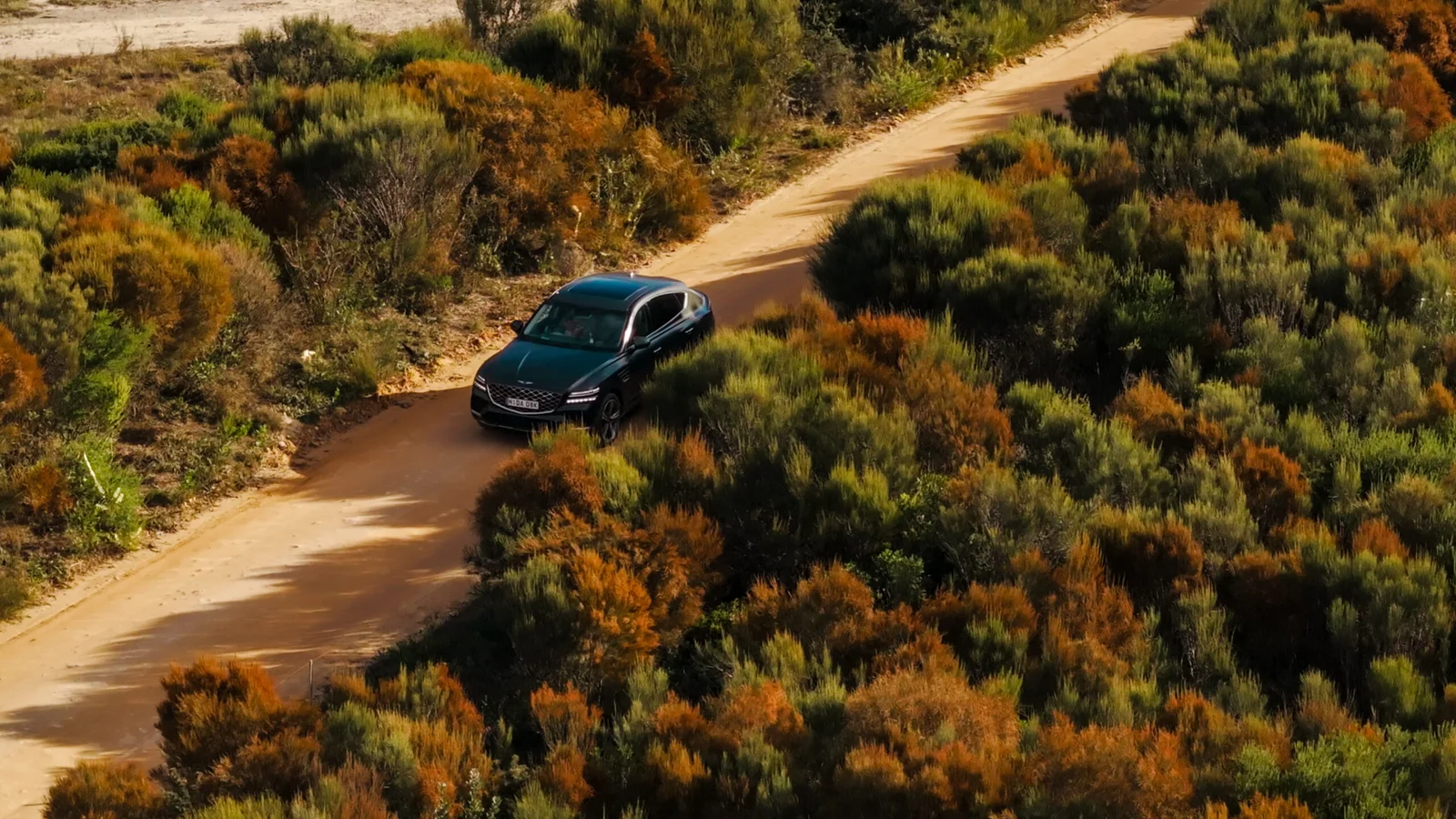That afternoon, not long after checking in, we made our way down to the Mossman River for a guided drift. The water here runs straight through Kuku Yalanji country, just a few minutes from the southern edge of the Daintree Rainforest. It is one of the oldest ecosystems in the world, over 135 million years of evolution packed into a stretch of far north Queensland where tropical reef meets dense, elevated jungle. You feel it as soon as you step off the road. Light moves differently. The sound of the river cuts through everything else.
The drift itself is slow. You lie back in the current and let it do the work. The water is clear enough to see river stones below, broken only by the odd school of jungle perch or a submerged branch. On either side, vines drop from high canopy. It again feels cinematic, but not in the polished sense. More like a place that’s been left to run its own program for a very long time.
Our guide explained how the traditional custodians of this land, the Eastern Kuku Yalanji people, have lived here in connection with the river, forest, and reef for thousands of generations. Their relationship to the land isn’t one of ownership or conservation, but ongoing stewardship. It’s a mindset that feels more relevant the longer you spend in the region. Everything moves at its own pace, and nothing feels rushed.
After an hour or so in the water, we dried off on the rocks and made our way back up the trail to Silky Oaks. The entire lodge is designed to disappear into the rainforest. It is elevated on stilts, built around existing trees, and finished in a mix of timber, stone, and glass. There’s a stillness to it that matches the pace of the river. Rooms are quiet. Staff speak softly. It’s the kind of place where you instinctively reach for a book, prune up in a bath.
There wasn’t much to do after that. No schedule. No notifications. It was the reset I didn’t realise I needed.
Dinner at Silky Oaks is quiet by design. Tables are spread across an open-air pavilion above the Mossman River, and the rainforest takes care of the ambience. There is no background playlist. No hospitality chatter. Just the low hum of ceiling fans and the sound of water shifting through rocks below.
After dessert, we decided to make a short detour into Port Douglas. The drive is not long, but it winds just enough to have some fun. The roads were empty and it felt like the right moment to see how the Polestar 3 held itself after dark.
At night, the car becomes something else entirely. The cabin lights settle into a soft glow, just enough to highlight the contours of the dash and the floating centre console. With the rainforest gone black outside the windows, the space takes on the feel of a mobile listening room.
The Bowers & Wilkins system carries most of the weight here. With 25 speakers, headrest-integrated drivers, and a clean tuning profile, the sound is balanced and immersive without ever feeling heavy. Bass is tight. Highs are crisp. The entire cabin becomes part of the listening experience, regardless of whether you are streaming a podcast or belting out some 90’s classics.
We switched on the new Abbey Road Studios mode partly out of curiosity. It is one of those features that sounds like a novelty until it stops being one. Built in partnership with the engineers from Studio Two, it recreates the acoustics of that space with a subtle shift in warmth and stage. With the right tracklist, it changes the way the music feels. Not dramatically, but noticeably. A different kind of intimacy.
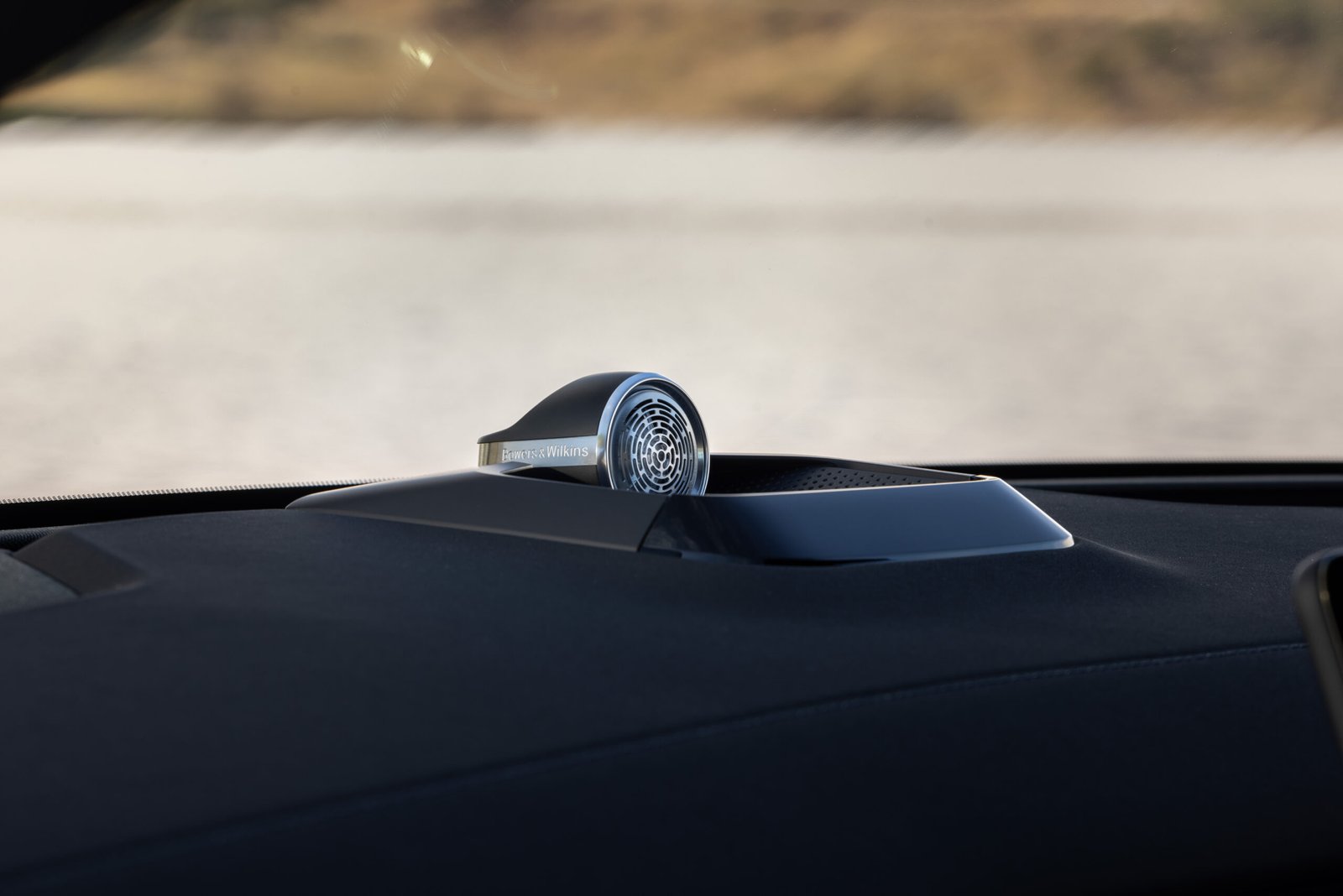
Verdict
There is no shortage of electric SUVs on the market right now. Some aim for range, others for acceleration. Most try to stand out by shouting a little louder than the next one. That makes the Polestar 3 something of an anomaly. It does not lean on theatrics. It does not overpromise. It just feels resolved.
From a design perspective, it is one of the few SUVs in this space that understands how to hold tension without tipping into aggression. There is discipline in the surfacing, intelligence in the materials, and clarity in how everything is laid out. The cabin feels built for people who notice the details, not just the spec sheet. That alone will resonate with a certain kind of buyer.
On the road, it delivers a balance of comfort and control that suits long distances as much as it does an everyday commute. In Sydney traffic, it felt competent and well-integrated. On winding roads in Far North Queensland, it stretched out and showed a more dynamic side. There is still weight to manage, but it does not get in the way of the experience.
What Polestar has done here is build an electric SUV that rewards thoughtfulness. It does not chase trends or lean on nostalgia. It focuses on how things feel, how they sound, and how they come together when the car fades into the background. That was true in the middle of the rainforest, and it stayed true on the quiet drive into Port Douglas.
There are louder cars, faster cars, and more luxurious cars (depending on how you define that word). But the Polestar 3 lands somewhere more grounded. Confident, quiet, and carefully made. It doesn’t try to define the future. It just makes the present a little clearer.
